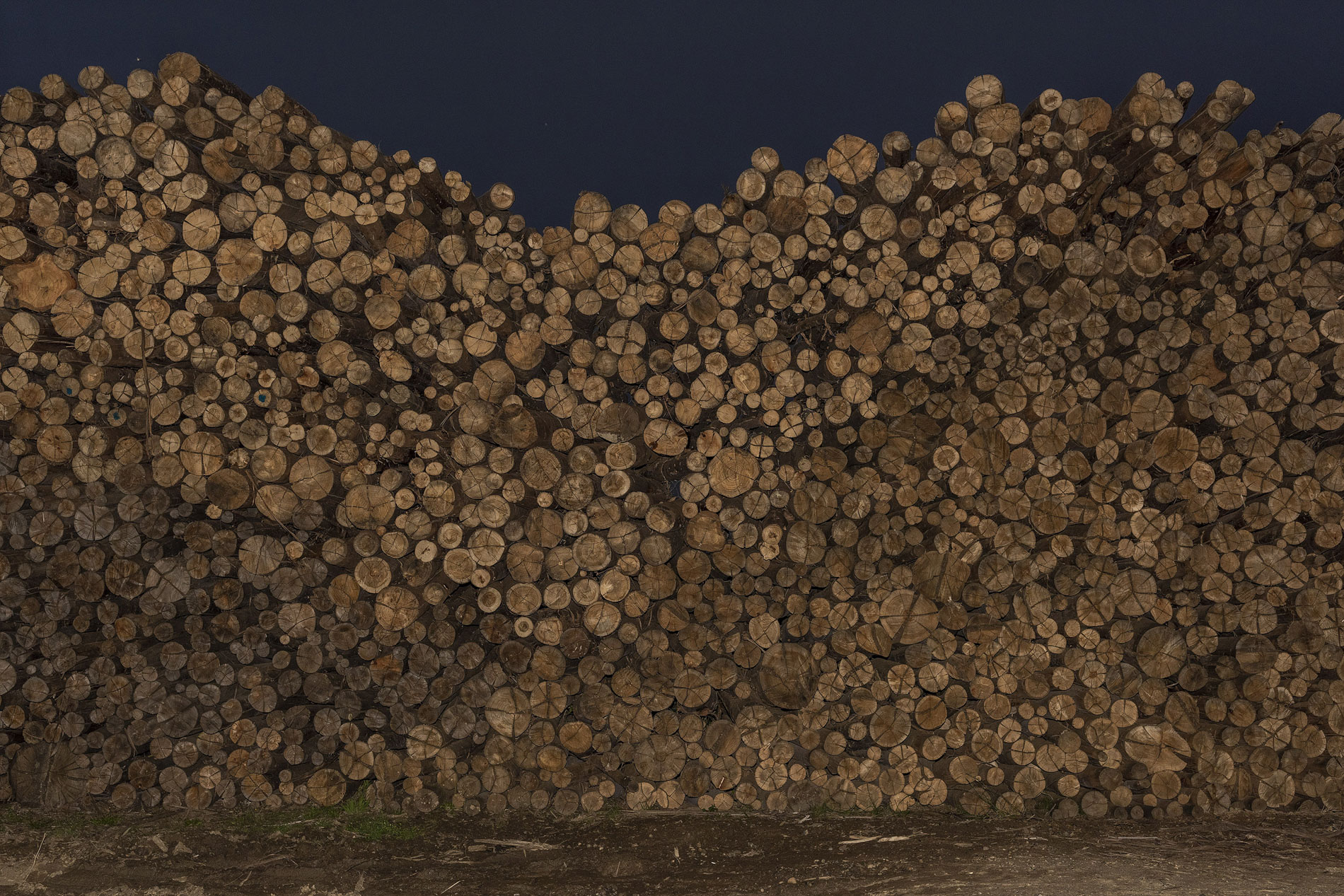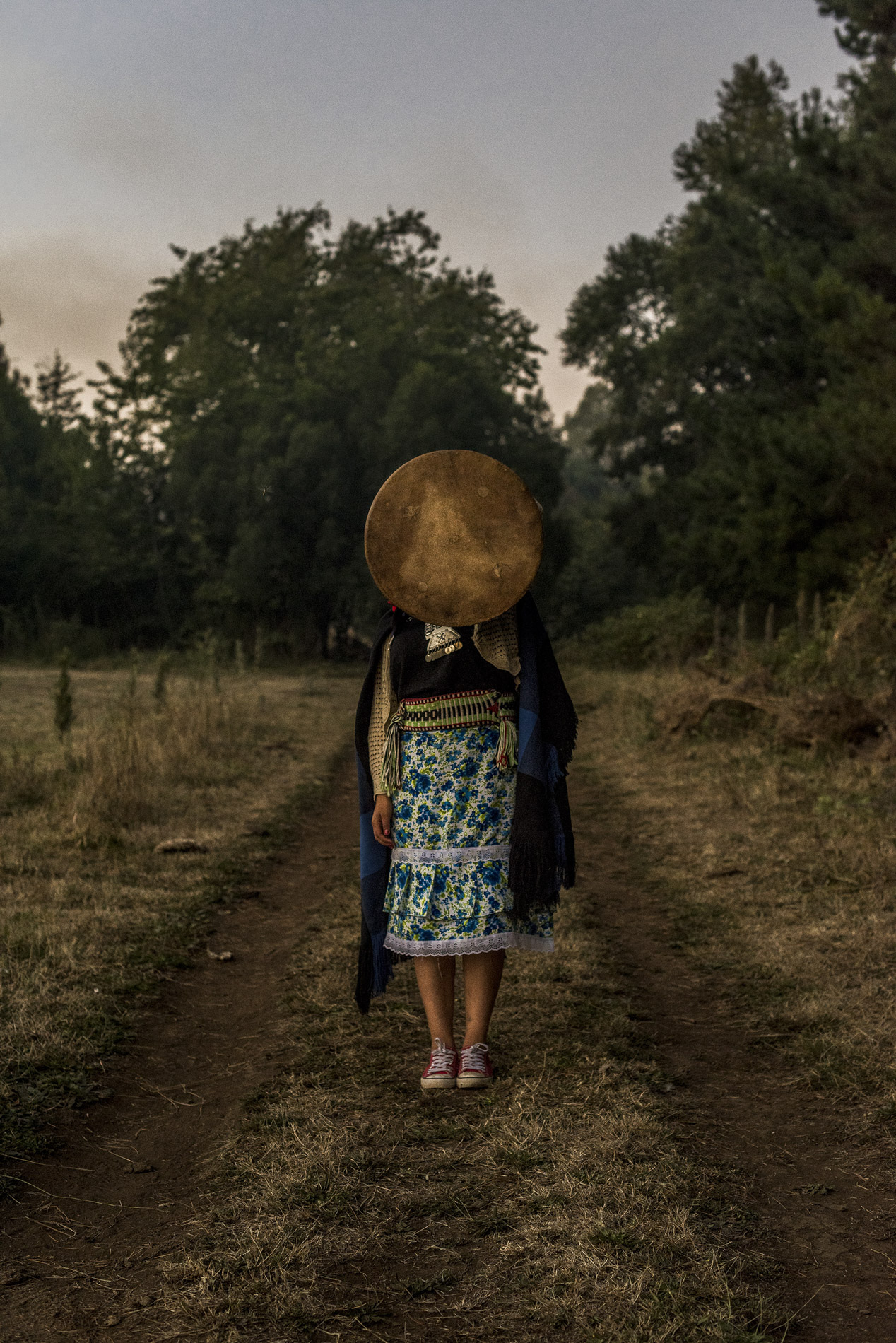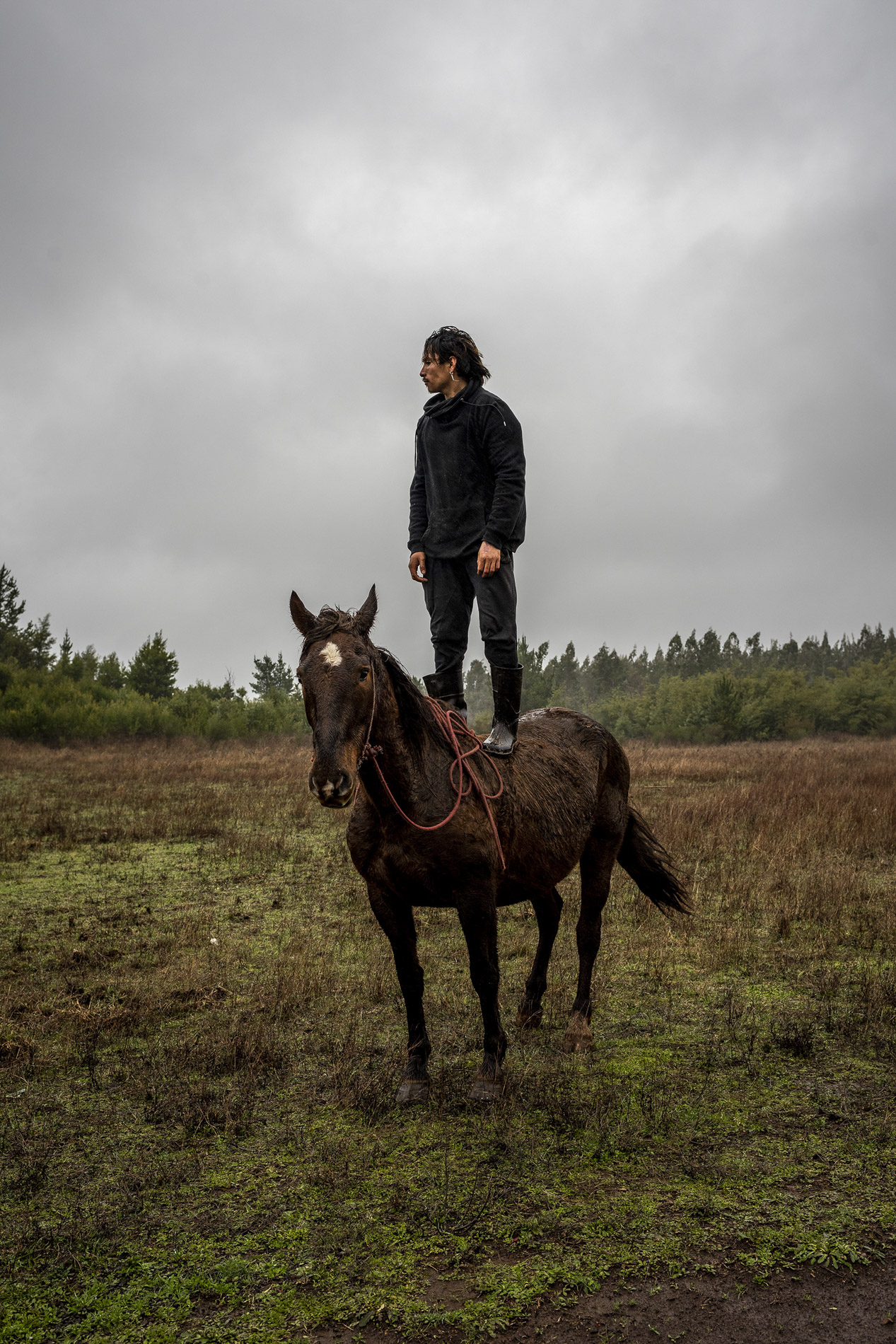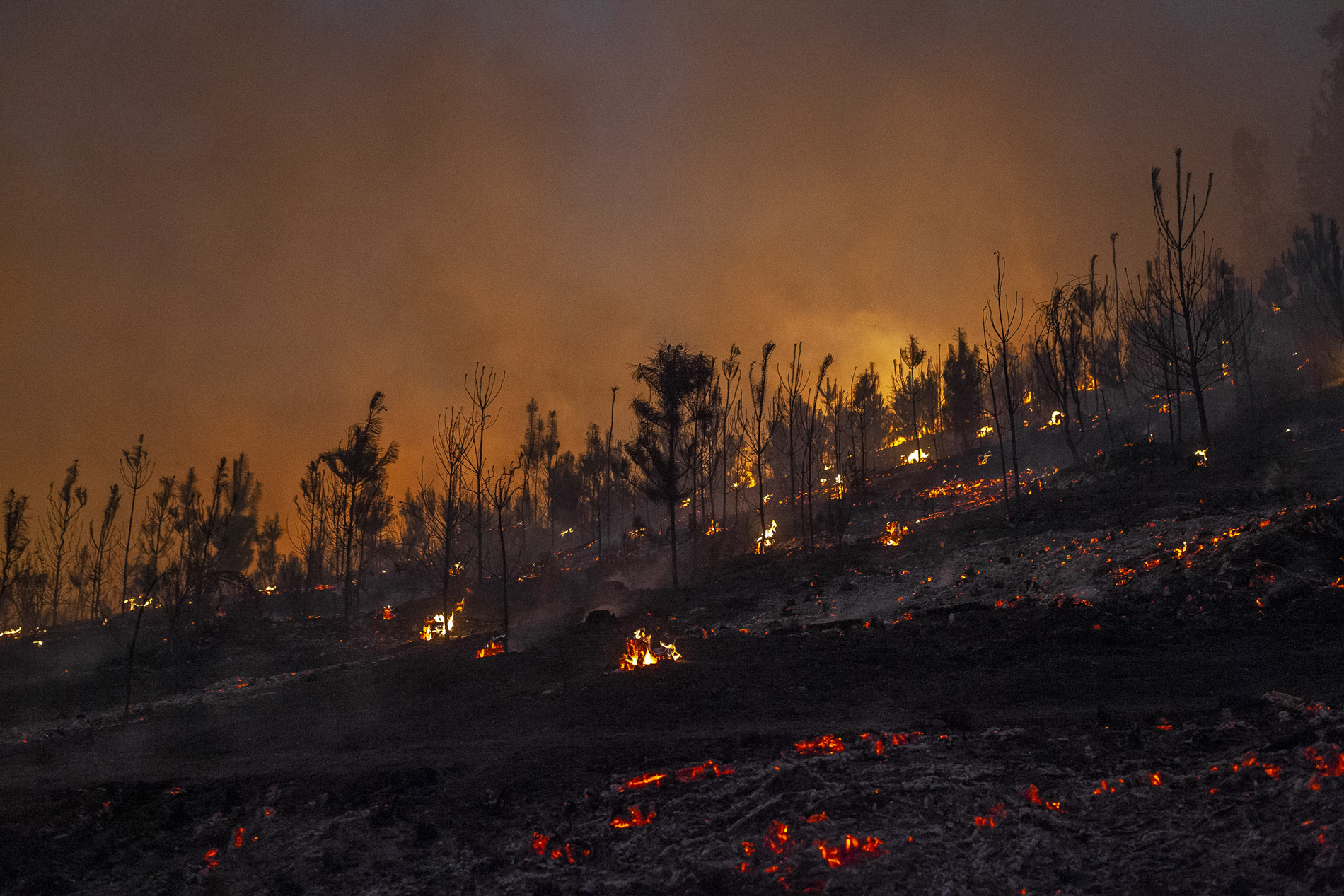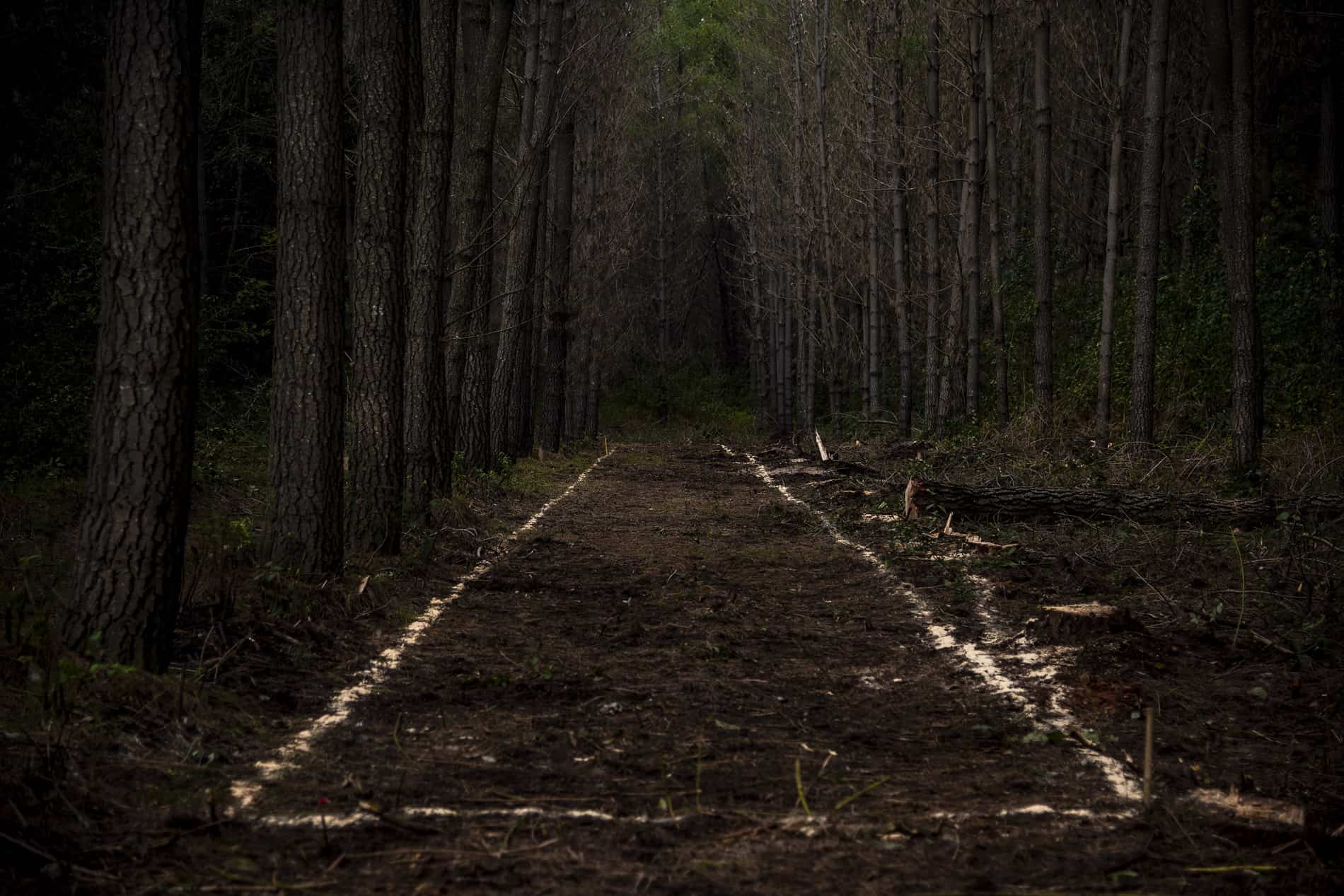“The Mapuche are people who defend nature,” says a child as he draws with colored pencils on white paper. “The Police,” he adds later, “fix the problems shooting.” Everything happens in a video that the Chilean photographer Cristobal Olivares built by superimposing images taken in Mapuche territory with children’s drawings made by its protagonists. The Eternity of tomorrow was nominated for 2021 Digital Storytelling Contest, Short, it won the 2nd Prize.
The work illustrates the violence against the Mapuche, the largest indigenous people in Chile. They claim the right to recover their ancestral lands, but the Chilean government “criminalizes collective action and militarizes the land.”
“This issue kept coming back to me, not knowing much, not knowing what they were saying about this fight,” says Cristóbal. Therefore, with photography as an excuse, he started traveling to the area in 2019. From then until the beginning of 2020 he went almost every month. During the pandemic he dedicated himself to the editing process.
Over the last few years, the level of conflict over land has increased and the Mapuche continue to organize. In Cristóbal’s work, for example, you see a rectangle drawn on the floor of a pine and eucalyptus forest. The scene takes place on land owned by the Mininco forestry company. The “court” corresponds to Palín-Weichan, a traditional Mapuche game. “Communities in resistance often play games before they begin a land reclamation process as a way to prepare for the struggle,” the photo description reads.
According to the National Institute of Human Rights of Chile, there were 133 cases that include police violence against Mapuche youth in the last 5 years. That is why Cristobal wanted to shine a light on his own gaze, recounting the experience of repression, psychological and physical violence of young people in the community. “Explaining the Mapuche struggle is not easy because it is not only a matter of eviction of peasants but it is something much more profound and intricate: it is something ancient, a struggle that comes almost from the invasion of America,” he says. The project was funded by the Magnum Foundation.
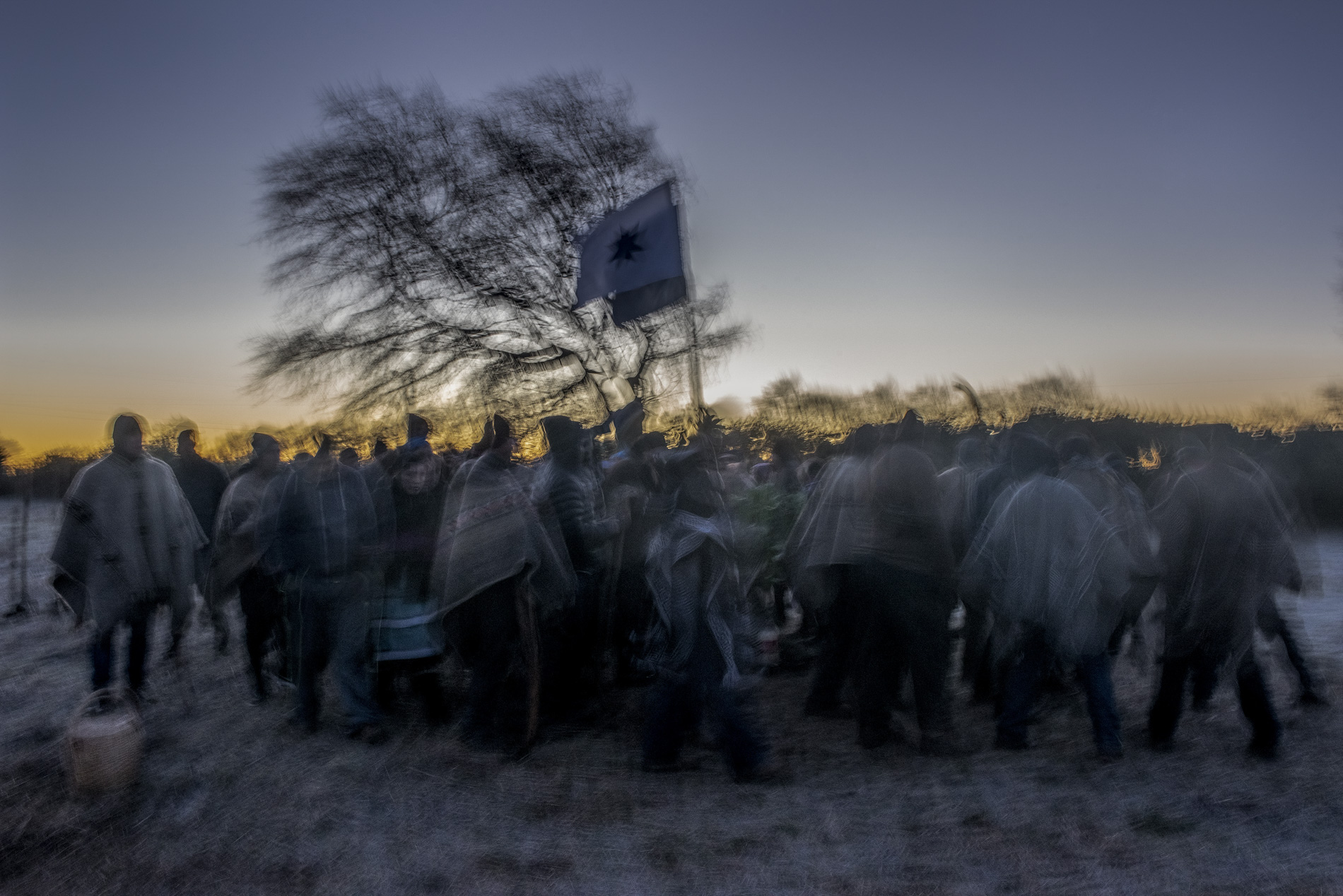
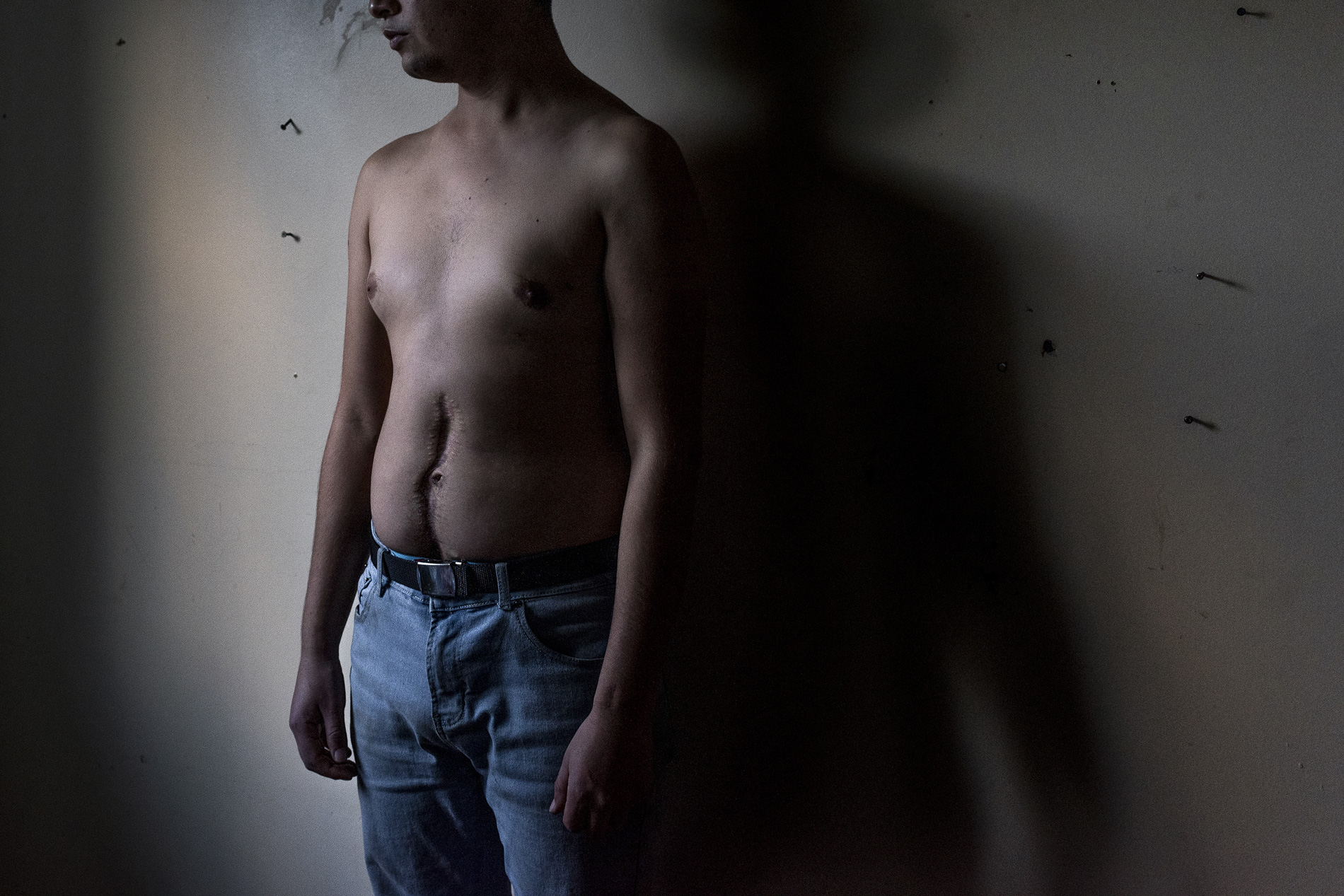
How would you tell the Mapuche struggle?
It’s complex. But the conflict has been the same from the beginning and has to do with the restitution and protection of lands they consider sacred. Here in Chile, the conflict is especially linked to the forest industry in alliance with the different governments. Because basically it has not been a single government that has repressed, they have been one worse than the other.
In the framework of the Mapuche struggle and the repression that has existed for hundreds of years, I decided to focus on violence against young people and children. It is a systematic violation. There are many cases of abuse, of psychological violence: the police presence in the territory is very ghostly and persistent.
But of course: the problems are also similar to world indigenous problems, which will have to do with oil on another place or with gold on another.
If we go back to history, the Mapuche people knew how to stop invasions from the times of the Incas to the Spanish. They resisted until they brought gunpowder weapons which was the only way they could defeat them. And from then on they were betrayed by governments. They supported Chile in independence and later relegated them to third-rate citizens by giving them bad land for harvest. A series of measures were implemented that were impoverishing them. Mainly in Araucanía, which is one of the poorest regions of Chile and is where the most vulnerable population lives, the poorest.
Only in Araucanía there are around two hundred and so many communities of different family and neighborhood groups that began different processes of territorial recovery. This basically consists of entering a forest or colonist farm and settling there. They start living there. In fact, they start to resist because that is the moment when the police arrive and the repression begins.
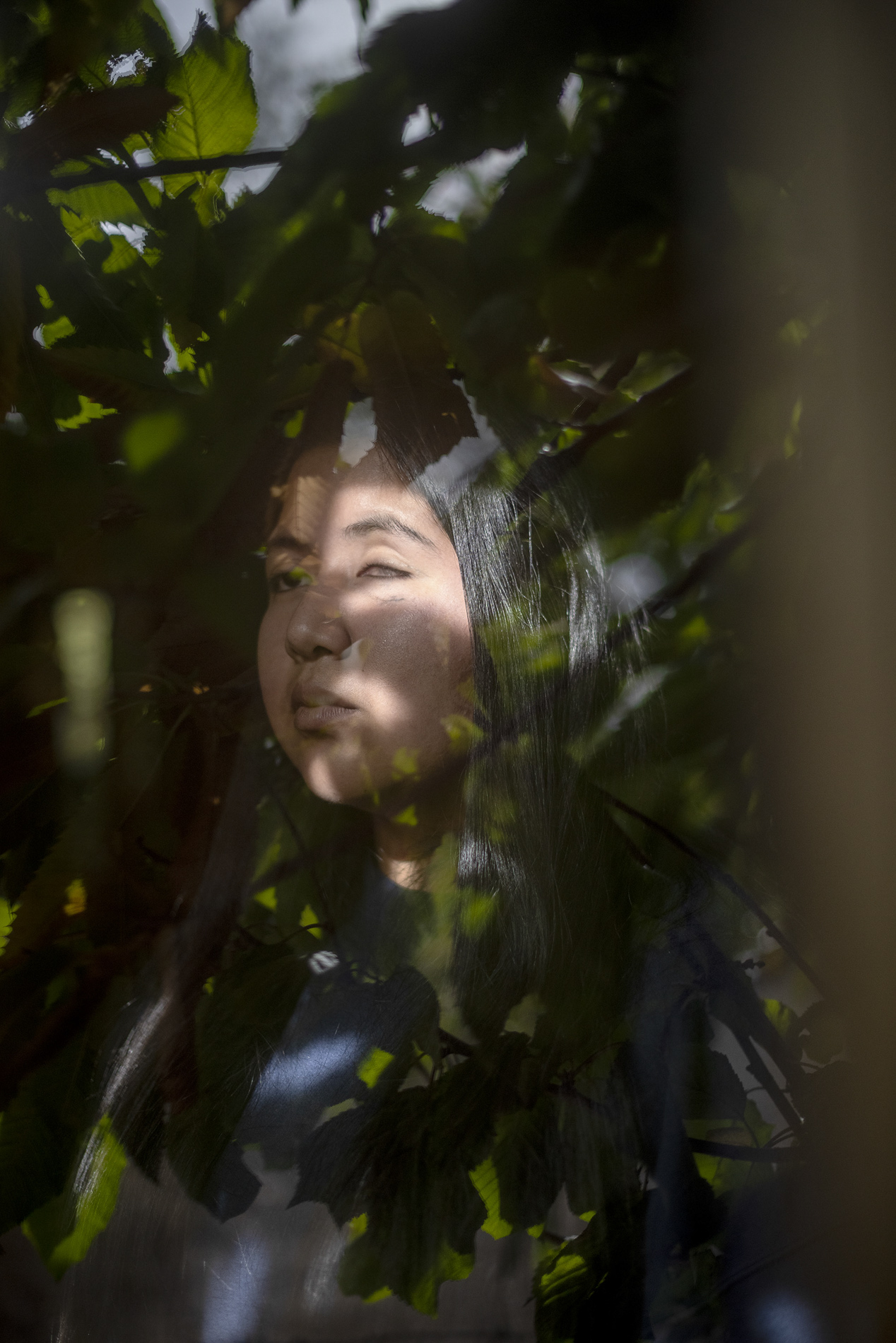
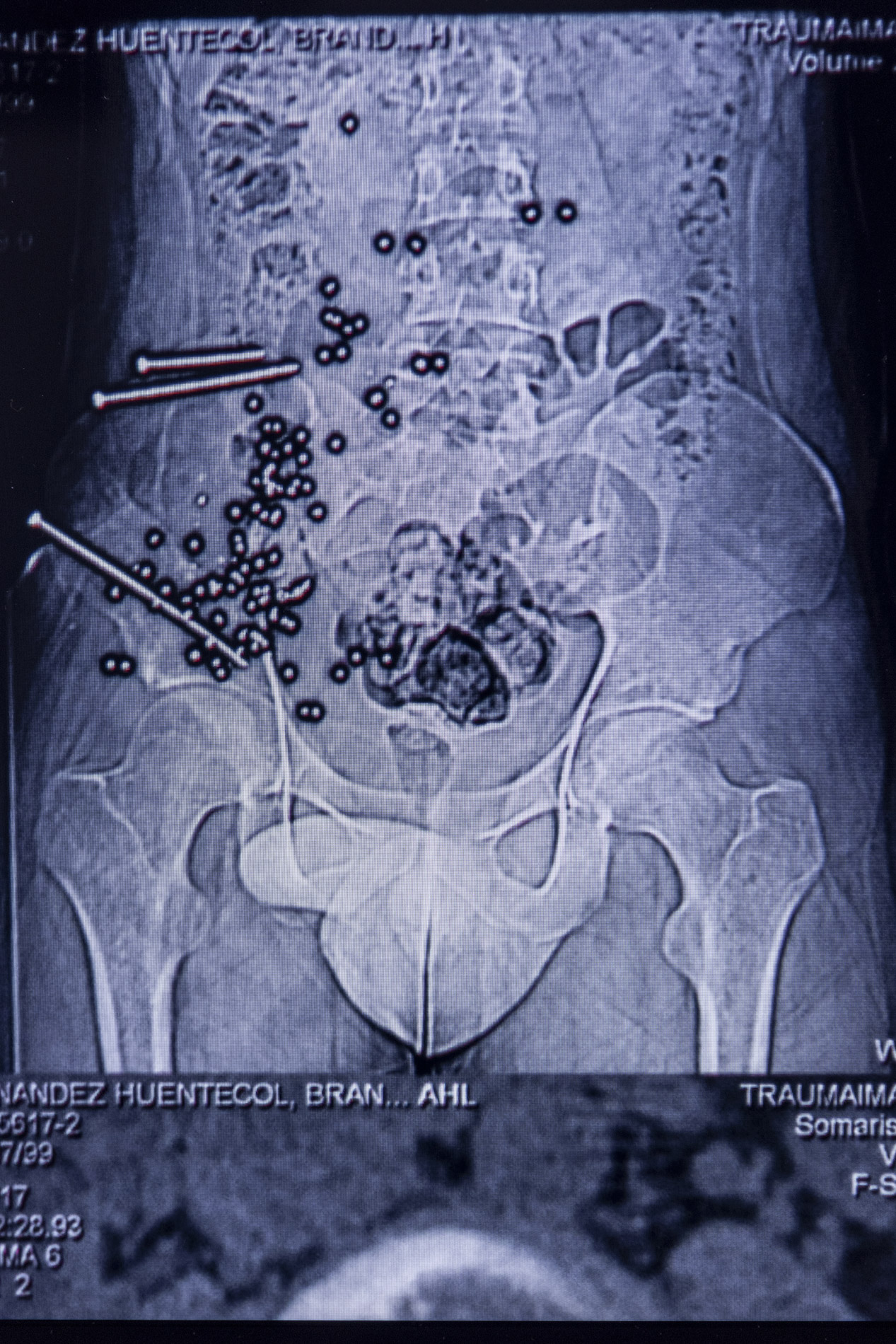
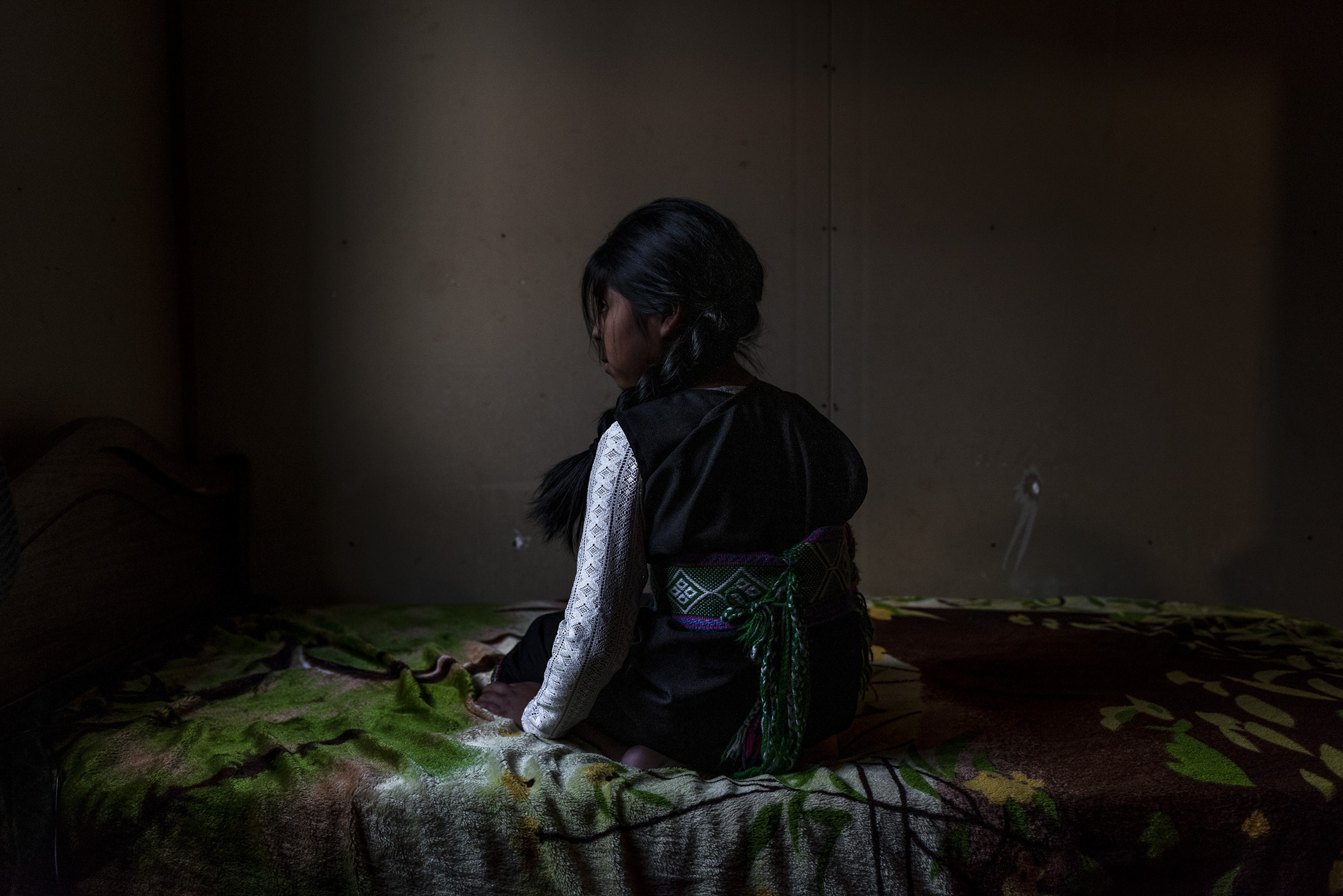
How did you become interested in that particular process?
I didn’t have any links before the project. My intention was to create it and see with my own eyes what was happening there. They teach you Mapuche history at school, but they teach it to you in the past tense, as if the Mapuche no longer existed. I went to a statal and very bad school. And this issue kept coming back to me, not knowing much, not knowing what they were saying about this fight.
In the end, the camera turned out to be an excuse to grab the bag and go there. And I was interested in this topic of young people because it seemed to me that it was also more contemporary; it was something that was being done in order to weaken the sense of community and struggle for the long term. They seek to weaken the youngest, who are the ones who will perpetuate this resistance.
It is a thesis that I have, and that I spoke with the communities and they think quite similarly. The truth is that young people are an objective target. But there are no previous personal ties, and my story does not go there. My mother was not Mapuche nor did she have a friend or anything.
The proposal is interesting because the feeling is that in the “white and urban” society, there is not so much link with the Mapuche people in general…
Unless you’re from the area, it’s more difficult. And it is also true that they have a mistrust that is super well founded. I mean, they’ve been misled all the time. So it’s super understandable that they don’t trust you.
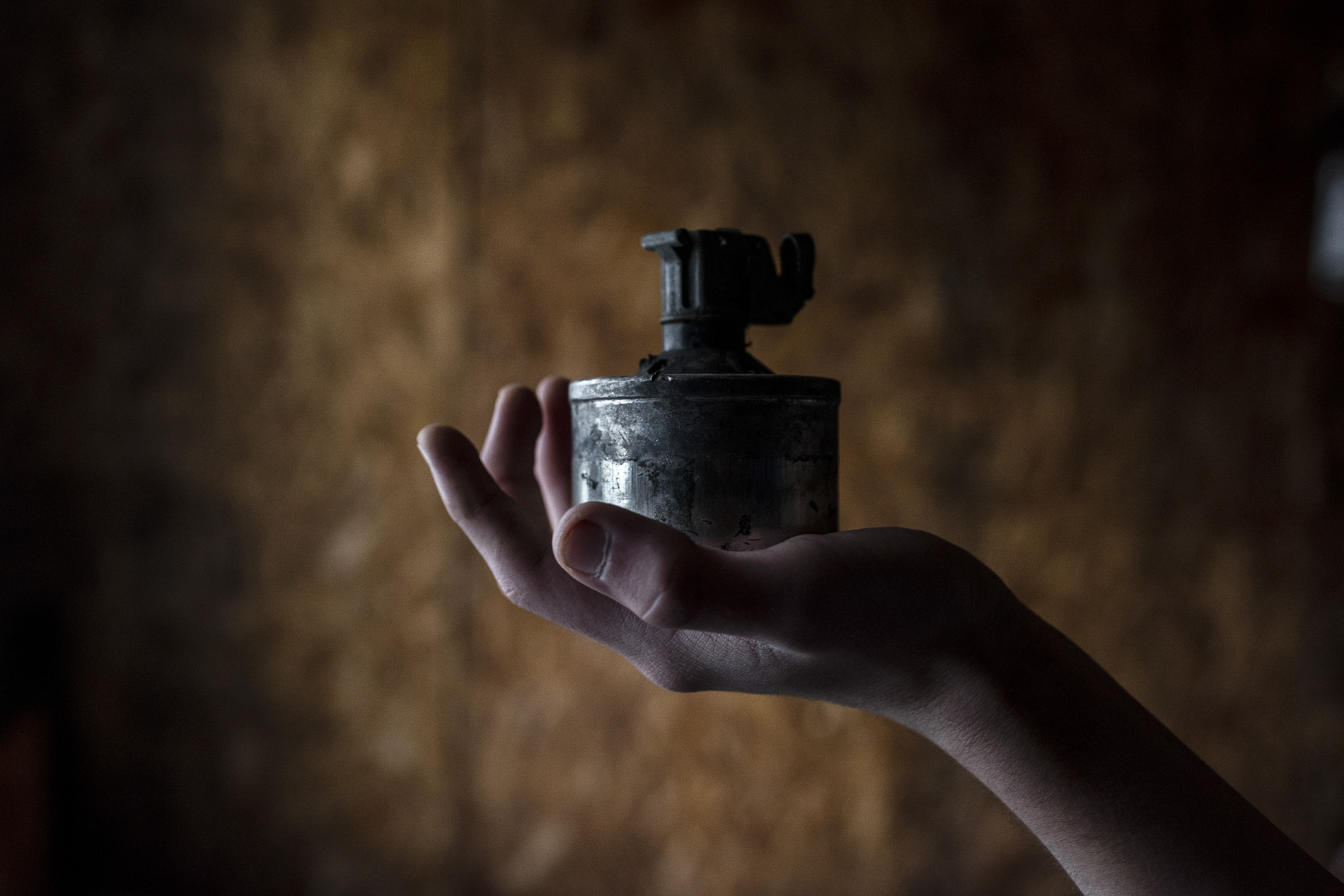
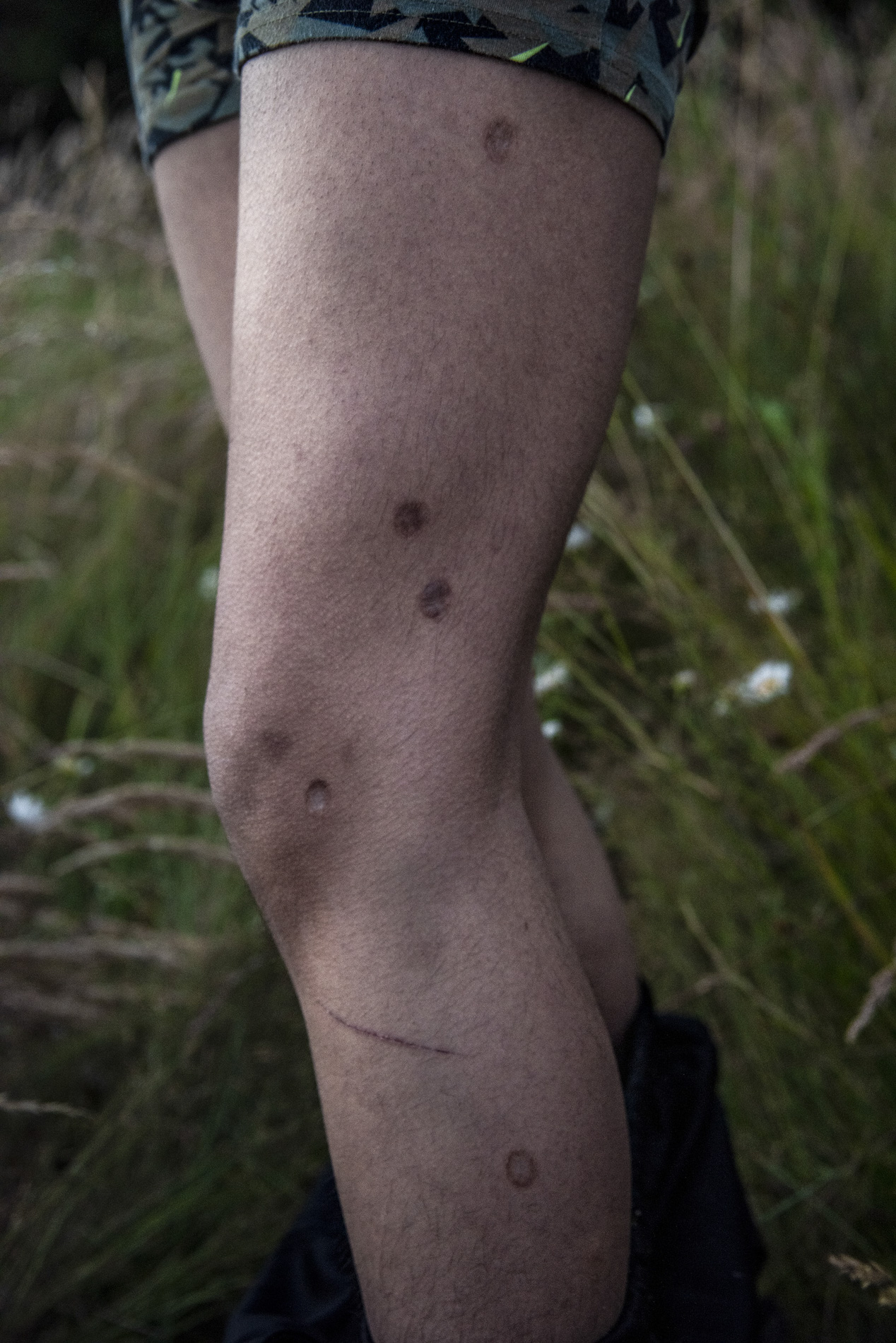
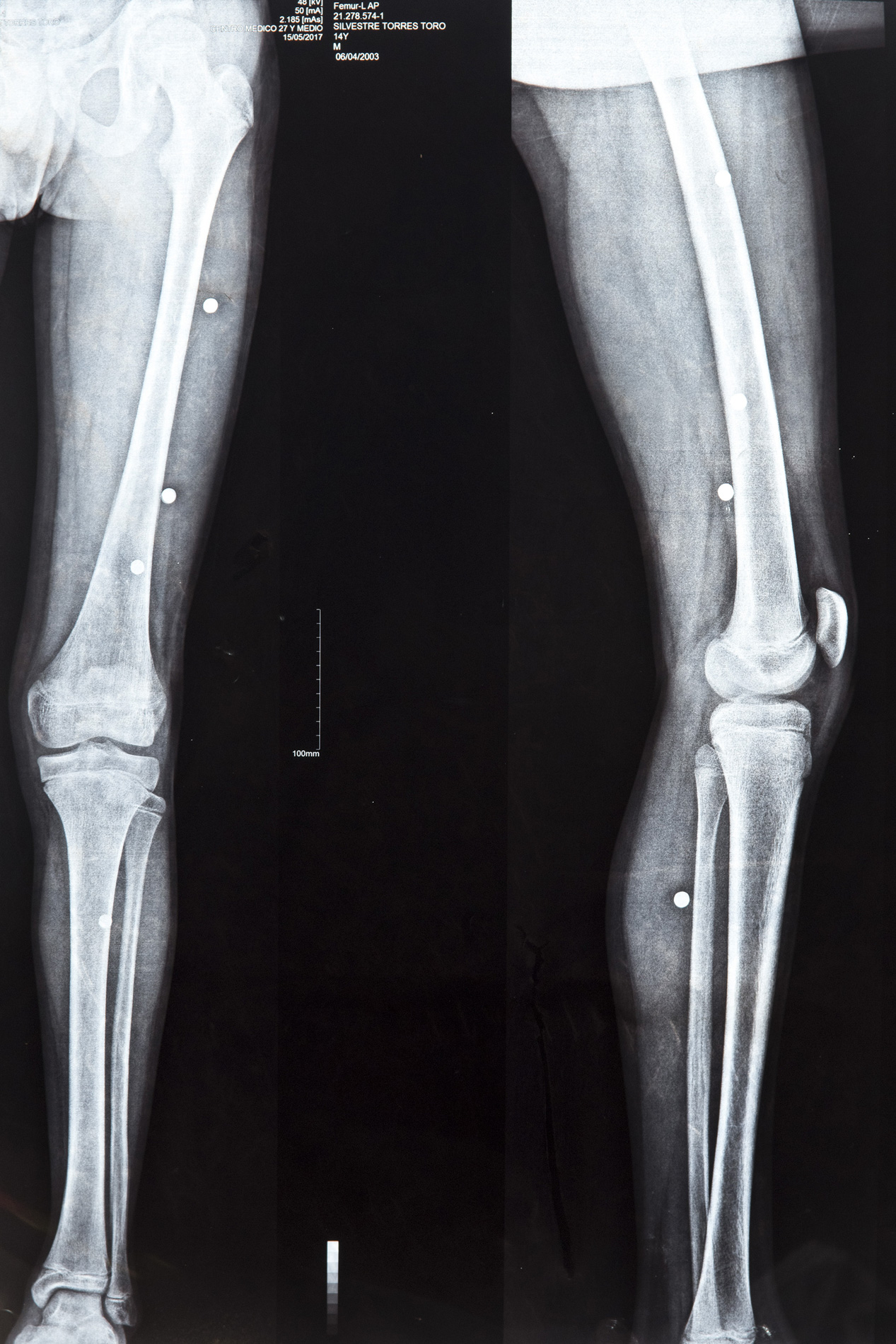
Regarding your work, how did you decide to start experimenting with the voices, with the drawings of the protagonists, with video?
Multimedia is something that has been done for a long time. We usually like to think about finishing the photo and trying to publish it in the newspaper. I feel that it is good and that it is great, but I like to think about what is the best form or platform for that image to reach people in the best way.
Hence the idea of making this small multimedia video that lasts 4 minutes, which summarizes this conflict a bit, with the emphasis placed on the situation that young people go through.
And during this investigation I saw that many children naturally draw scenes of repression in school notebooks, others draw them on the wall of the room. I was recording this, also a bit as a collector: I have X-rays, documents, everything that has to do with something visual. I was trying to edit this to build a coherent piece.
That’s when it occurred to me to also animate the drawings that children make, so as to include their voice in my work as well. The idea was to portray how they see conflict.
